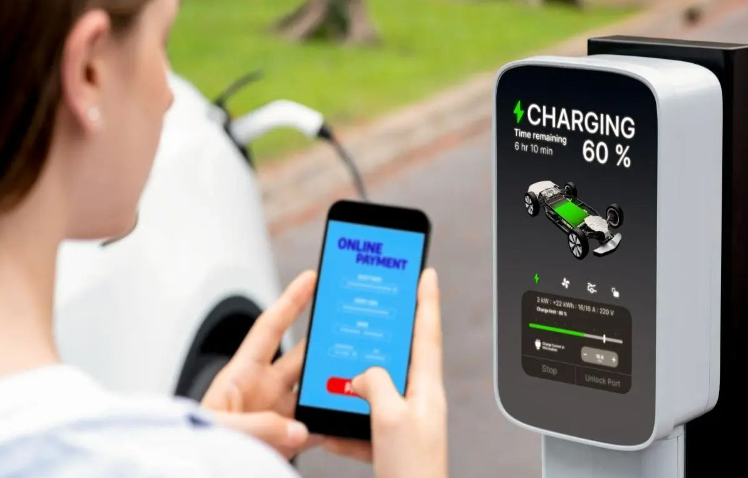The technical principle of QR code-scanned shared charging piles mainly involves the synergistic work of hardware and software, as well as the integrated application of Internet of Things (IoT) and Internet technologies. Below is a detailed elaboration of its technical principles:

I. Hardware Composition and Functions
The hardware components of QR code-scanned shared charging piles primarily include the charging pile itself, circuit boards, display screens, communication modules (such as 4G/5G communication modules), relays, and other critical components. These hardware components collectively constitute the physical foundation of the charging pile, responsible for functions such as electric energy transmission, data acquisition, and communication. Among them, the communication module is key to enabling data interaction between the charging pile, the backend management system, and the user's mobile app.
II. Software Systems and Interactions
The software components include WeChat mini-programs or apps, backend management systems, payment interfaces, etc. Users scan the QR code on the charging pile with their mobile app or mini-program to establish a connection. Subsequently, users can select charging services, view charging status, pay charging fees, etc., on the app. The backend management system is responsible for monitoring the working status of charging piles, processing user requests, managing charging data, etc.
III. Operating Principle and Workflow
1.Localization and Connection: The charging pile achieves internet connectivity through its built-in communication module and transmits location information to the mobile client. After scanning the QR code, the user's mobile app establishes a communication connection with the charging pile.2.Charging Initiation and Payment: Users select the charging service and complete payment verification on the app. Upon successful payment, the charging pile receives an unlock signal, controls the relay to close, and begins charging the electric vehicle or electric bicycle.
3.Charging Process Monitoring: The electric parameter measurement module within the charging pile monitors real-time data such as voltage and current during the charging process and uploads it to the backend management system through the communication module. The backend system uses these data to calculate charging fees, monitor charging status, etc.
4.Charging Completion and Settlement: Once charging is complete, users can remotely end the charging process through the app. The charging pile automatically disconnects the power and generates a charging detail report, including charging time, charging capacity, fees, and other information. This information is uploaded to the backend management system through the communication module for data analysis and management by the operator.
The technical principle of QR code-scanned shared charging piles embodies the deep integration of IoT and Internet technologies with traditional charging equipment, providing users with a more convenient and efficient charging experience.



